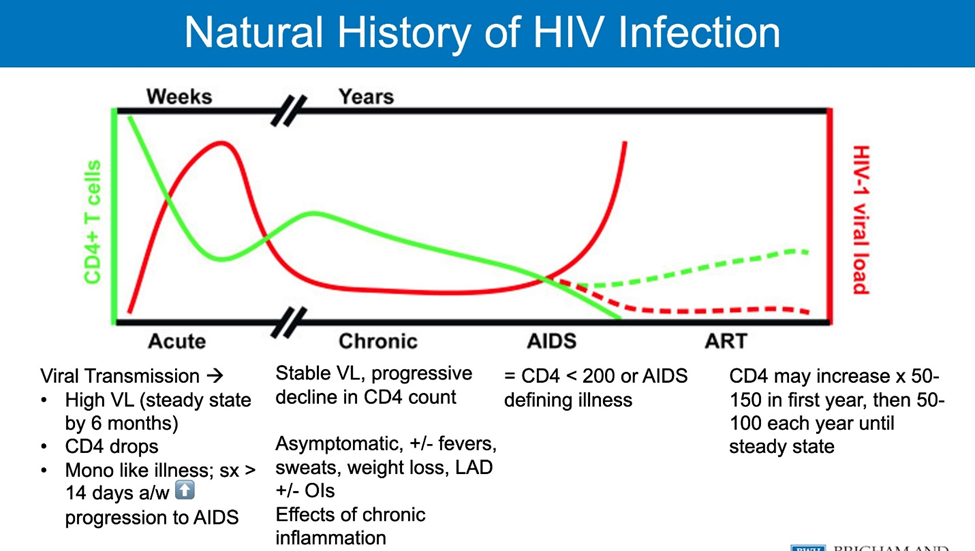The nurse is developing the discharge plan for a woman who has had a left-sided radical mastectomy. The nurse is including instructions for ways to minimize lymphedema. Which statement by the client indicates the need for additional instruction?
"I need to avoid driving to and from work every day."
"Any blood pressures need to be taken in my right arm."
"I need to wear gloves when doing any gardening."
"I should wear clothing with elasticized sleeves."
The Correct Answer is D
A. "I need to avoid driving to and from work every day."
This statement indicates a misunderstanding of how to minimize lymphedema. Driving itself does not directly contribute to lymphedema. However, activities that involve prolonged or repetitive use of the affected arm, such as gripping the steering wheel while driving for long periods, may increase the risk of developing lymphedema. The nurse should clarify that while driving is generally acceptable, the client should take breaks and perform arm exercises during long drives to promote circulation.
B. "Any blood pressures need to be taken in my right arm."
This statement demonstrates correct understanding. Taking blood pressure measurements, administering injections, or obtaining blood samples from the unaffected arm helps prevent trauma or injury to the arm at risk for lymphedema. This practice helps avoid disrupting lymphatic flow and reduces the risk of developing lymphedema in the affected arm.
C. "I need to wear gloves when doing any gardening."
Wearing gloves during gardening is a recommended precaution to minimize the risk of injury and infection, especially if the client has undergone lymph node removal. This statement reflects appropriate understanding and adherence to preventive measures to protect the affected arm from cuts, scratches, and potential infection that could exacerbate lymphedema.
D. "I should wear clothing with elasticized sleeves."
This statement indicates a misunderstanding of how to minimize lymphedema. While elasticized sleeves or compression garments can help manage lymphedema by providing gentle compression and support to the affected arm, wearing tight or constrictive clothing, including elasticized sleeves, can potentially restrict lymphatic flow and exacerbate lymphedema. The nurse should clarify that loose-fitting clothing is preferable to allow unrestricted movement and circulation in the affected arm.
Nursing Test Bank
Naxlex Comprehensive Predictor Exams
Related Questions
Correct Answer is D
Explanation
A. 1,000 cells/mm3:
A CD4 cell count of 1,000 cells/mm3 is within the normal range for a healthy individual. In HIV-positive individuals, a CD4 count at this level would generally indicate that the immune system is functioning well and has not been significantly compromised by the virus. Therefore, a CD4 count of 1,000 cells/mm3 would not suggest a diagnosis of AIDS.
B. 700 cells/mm3:
Similarly, a CD4 cell count of 700 cells/mm3 is also within the normal range for immune function. While this count may be lower than the typical CD4 count in a healthy individual, it is still considered relatively high and would not indicate immune compromise to the extent seen in AIDS.
C. 450 cells/mm3:
A CD4 cell count of 450 cells/mm3 is also within a range that suggests the immune system is functioning reasonably well. While it may be lower than normal, it is not at a level indicative of severe immune suppression characteristic of AIDS.
D. 200 cells/mm3:
When the CD4 cell count drops below 200 cells/mm3, it indicates significant immune suppression and an increased risk of opportunistic infections. This threshold is used to diagnose AIDS in HIV-positive individuals. At this level, the immune system is severely compromised, leaving the individual vulnerable to various infections and diseases associated with AIDS.

Correct Answer is C
Explanation
A. Encouraging range-of-motion exercises: Range-of-motion exercises are generally encouraged post-hysterectomy to prevent complications such as blood clots and promote circulation. This action is appropriate and not contraindicated.
B. Ambulating the client: Ambulation is an essential aspect of postoperative care to prevent complications like atelectasis, pneumonia, and deep vein thrombosis (DVT). This action helps improve circulation and aids in the recovery process. It is appropriate and not contraindicated.
C. Applying elasticized stockings: Elasticized stockings, also known as compression stockings, are commonly used postoperatively to prevent deep vein thrombosis (DVT) by promoting blood flow in the legs. However, in the case of abdominal hysterectomy, if the incision site is below the level of the stockings, they may impede circulation to the surgical site and hinder wound healing. Therefore, this action may be contraindicated depending on the specific circumstances of the surgery and incision site.
D. Massaging the client's legs: Massaging the client's legs is generally not recommended post-hysterectomy, especially in the immediate postoperative period. Manipulating the legs could potentially disrupt healing tissues, increase the risk of bleeding, or cause discomfort to the client. Therefore, this action may be contraindicated.
Whether you are a student looking to ace your exams or a practicing nurse seeking to enhance your expertise , our nursing education contents will empower you with the confidence and competence to make a difference in the lives of patients and become a respected leader in the healthcare field.
Visit Naxlex, invest in your future and unlock endless possibilities with our unparalleled nursing education contents today
Report Wrong Answer on the Current Question
Do you disagree with the answer? If yes, what is your expected answer? Explain.
Kindly be descriptive with the issue you are facing.
